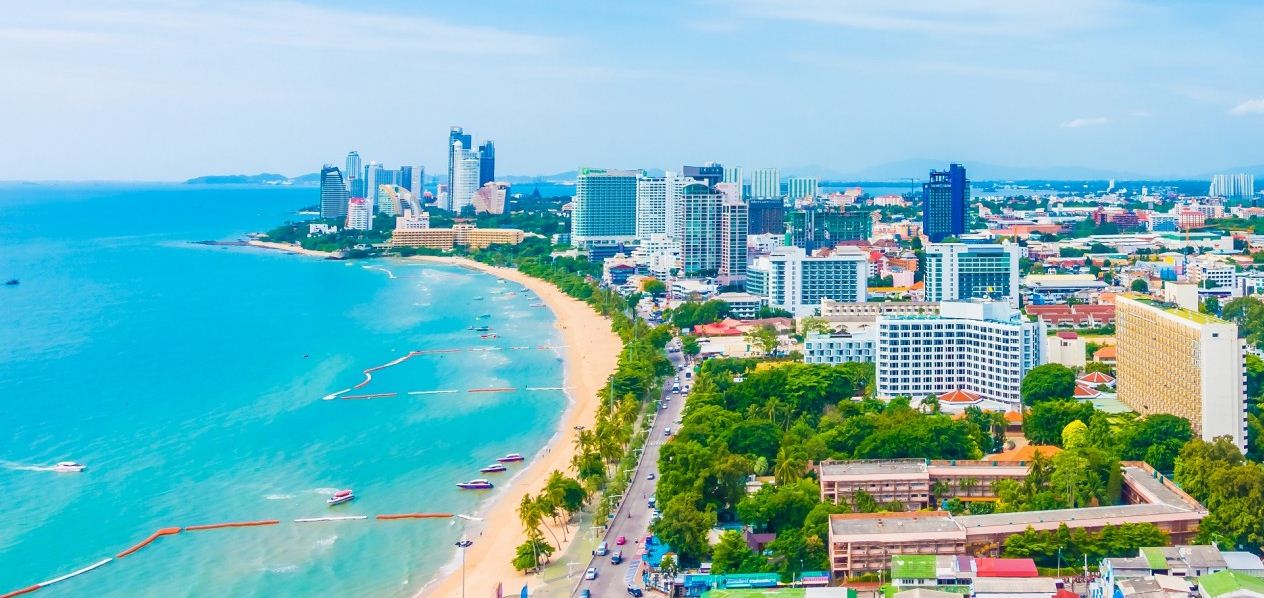Thailand is once again grappling with severe air pollution, as a toxic haze blankets much of the country. As of February 12, 2025, unsafe levels of ultrafine dust have spread across 48 out of 76 Thai provinces, including Bangkok, raising serious health concerns.
Widespread PM2.5 Pollution
Health Hazards Across Regions
The Geo-Informatics and Space Technology Development Agency (Gistda) reported hazardous levels of PM2.5 in seven provinces, primarily in the Central Plain. Samut Sakhon, Samut Songkhram, and Nakhon Pathom topped the list with PM2.5 levels ranging from 75.1 to 90.8 micrograms per cubic meter, far exceeding the government-set safe threshold of 37.5μg/m3.
Bangkok’s Air Quality Crisis
Capital City Struggles with Smog
Bangkok, the capital, has been particularly hard-hit by the pollution crisis. The city recently ranked as the fourth most polluted globally, prompting authorities to close over 350 schools to protect children’s health. The air quality index (AQI) in Bangkok reached 114, considered unhealthy for vulnerable groups.
Government Response
Measures to Combat Air Pollution
In response to the worsening air quality, the Thai government has implemented several measures. These include a nationwide burning ban to control pollution at its source, deployment of emergency medical teams, and distribution of N95 masks to the public. Additionally, free public transportation was offered in Bangkok to reduce vehicle emissions.
Long-term Challenges
Persistent Environmental Concerns
Despite government efforts, air pollution remains a chronic problem in Thailand, especially from February to May. The situation has led to over 1 million respiratory cases linked to air pollution in the past year, highlighting the urgent need for more effective long-term solutions.
International Concern
UNICEF Warns of Health Risks
UNICEF has raised alarm over the escalating levels of PM2.5, warning that approximately 13.6 million children across Thailand are at risk. This underscores the critical need for immediate action to safeguard public health, particularly for vulnerable populations.









